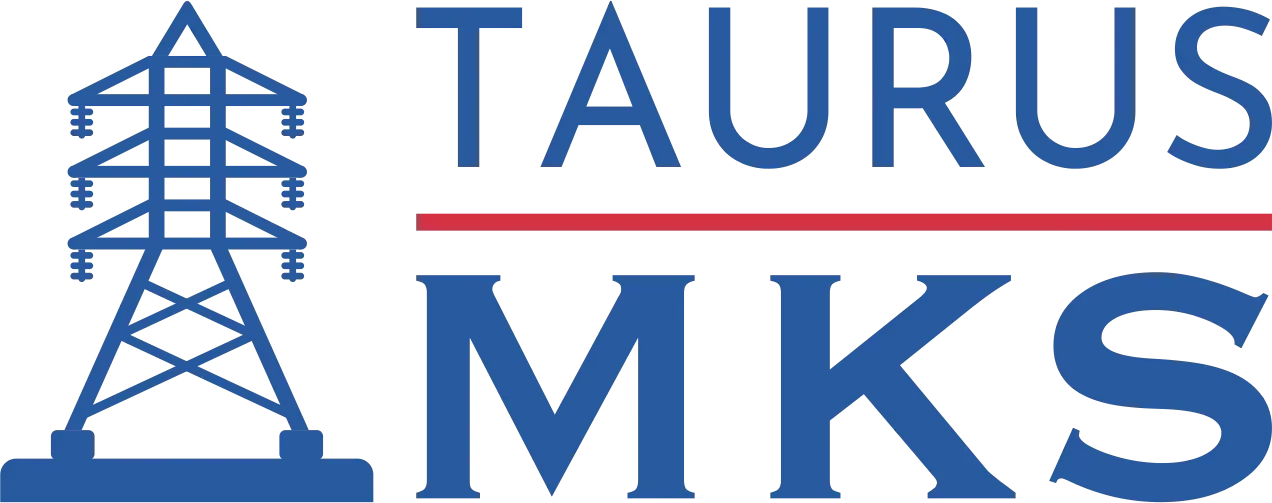What is an Offline Fault Locator?
An Offline Fault Locator is a non-invasive testing tool designed to identify faults such as shorts, breaks, or insulation failure in power lines, or circuits that are not currently energized. These fault locators typically use a variety of methods, including impedance measurement, time-domain reflectometry (TDR), and other advanced techniques, to pinpoint the exact location of a fault along a power line.
Offline Fault Locators
Advanced fault detection for power transmission lines
Reliable fault location for industrial systems.
Precision fault detection for utility companies.
Where is it Used?
Offline Fault Locators are used in various industries that rely on electrical systems, including:
- Power Transmission and Distribution: To detect faults in overhead power lines.
- Industrial Electrical Systems: For troubleshooting faults in transmission power lines systems.
- Construction Sites: To inspect newly installed transmission power lines or connections in large buildings or infrastructure.
- Utility Companies: For periodic maintenance checks and during fault detection in transmission power lines.
How to Determine When to Use an Offline Fault Locator?
The decision to use an Offline Fault Locator typically depends on the following factors:
- Fault Detection in Unpowered transmission power lines : If lines are not energized, it’s the ideal time to use an offline fault locator.
- Insulation Failure or Short Circuit: When you suspect that insulation failure or a short has occurred in a transmission lines .
- Routine Maintenance: For periodic checks on the condition of transmission lines to detect any developing faults.
- Sudden Failure: If there is a sudden electrical fault and you need to locate the fault without re-energizing the system.
Key Features of Offline Fault Locators
- Accuracy: Offline Fault Locators can provide precise fault location, even for faults buried underground.
- Non-destructive Testing: Offline Fault Locators are non-invasive and do not require the system to be energized.
- Portability: Most offline fault locators are designed to be portable and rugged to handle field conditions.
- Multiple Fault Detection Techniques: Depending on the model, they may incorporate technologies such as time-domain reflectometry (TDR), surge testing, or impedance measurement to identify faults.
Benefits of Using Offline Fault Locators
- Safety: They help locate faults without needing to energize the system, reducing risks of electrocution or further damage.
- Cost-Effectiveness: Reduces downtime and the need for replacing entire transmission power lines, as the exact fault location can be found.
- Efficiency: Speeds up troubleshooting and repairs, as technicians can identify the problem area without the need for extensive inspection.
Easy Procurement: All Taurus Offline Fault Locators are available on the GEM Portal, ensuring quick and compliant purchasing.
Offline Fault Locators operate by analyzing the electrical characteristics of power lines without the need to power them on. They primarily use Time Domain Reflectometry (TDR) or Impedance Measurement techniques, which help in identifying the location of faults like shorts, insulation failures, or breaks along the transmission power line. This is achieved by sending a signal through the transmission lines and measuring the time it takes for the signal to reflect back from faults in the line.
- No Power Required: These locators can detect faults without the need for the cable to be energized, which is particularly useful for non-live systems or during maintenance checks.
- Accuracy: They provide precise fault location, often down to a resolution of 1-3 meters, even for underground or hard-to-reach cables.
- Portability: Offline Fault Locators are designed to be portable, enabling them to be used in field conditions, especially in remote or difficult locations.
- Ease of Use: With minimal setup, these devices allow technicians to easily interpret the data without the need for extensive training or external modules.
- Multiple Fault Detection Methods: Some models incorporate additional features like Line Signature Analysis (LSA) and TADMA (Time-Domain Adaptive Measurement Analysis) to help identify and analyze faults more accurately and quickly
- Power Transmission & Distribution: Detecting faults in both overhead and underground lines, where pinpointing the fault is crucial to minimizing downtime and preventing power outages.
- Telecommunications: Locating faults in communication cables, especially those buried underground, to maintain service continuity.
- Industrial & Construction Sites: Checking internal electrical wiring or newly installed cables to ensure they are functioning properly before energizing them.
- Routine Maintenance & Emergency Repairs: Monitoring the health of cables and lines to detect developing faults that could lead to more serious problems if left unchecked.
- Safety: Since the systems don’t need to be live for testing, there’s no risk of electrocution, which is a key safety consideration when dealing with high-voltage environments
- Cost Efficiency: By accurately locating faults, these devices help reduce repair time and unnecessary cable replacements, leading to savings in maintenance costs.
- Efficiency: The ability to detect faults quickly and accurately means less downtime, which is especially critical in industries like utilities and telecommunications, where system uptime is essential
FAQs
Fault detection is critical for maintaining the safety, reliability, and efficiency of power systems. Offline fault locators allow technicians to identify and resolve issues without energizing the system, reducing risks and downtime.
- Time-Domain Reflectometry (TDR): Sends a signal through the line and measures the reflection time to locate faults.
- Impedance Measurement: Detects changes in impedance caused by faults.
- Line Signature Analysis (LSA): Analyzes the electrical characteristics of the line to identify faults.
- Power Utilities: Ensuring the reliability of transmission and distribution lines.
- Telecommunications: Locating faults in communication cables.
- Industrial Facilities: Troubleshooting faults in internal wiring.
- Construction: Inspecting newly installed power lines.
Safety: No need to energize the system during testing.
Cost Savings: Reduces repair time and unnecessary replacements.
Efficiency: Speeds up fault detection and resolution.


